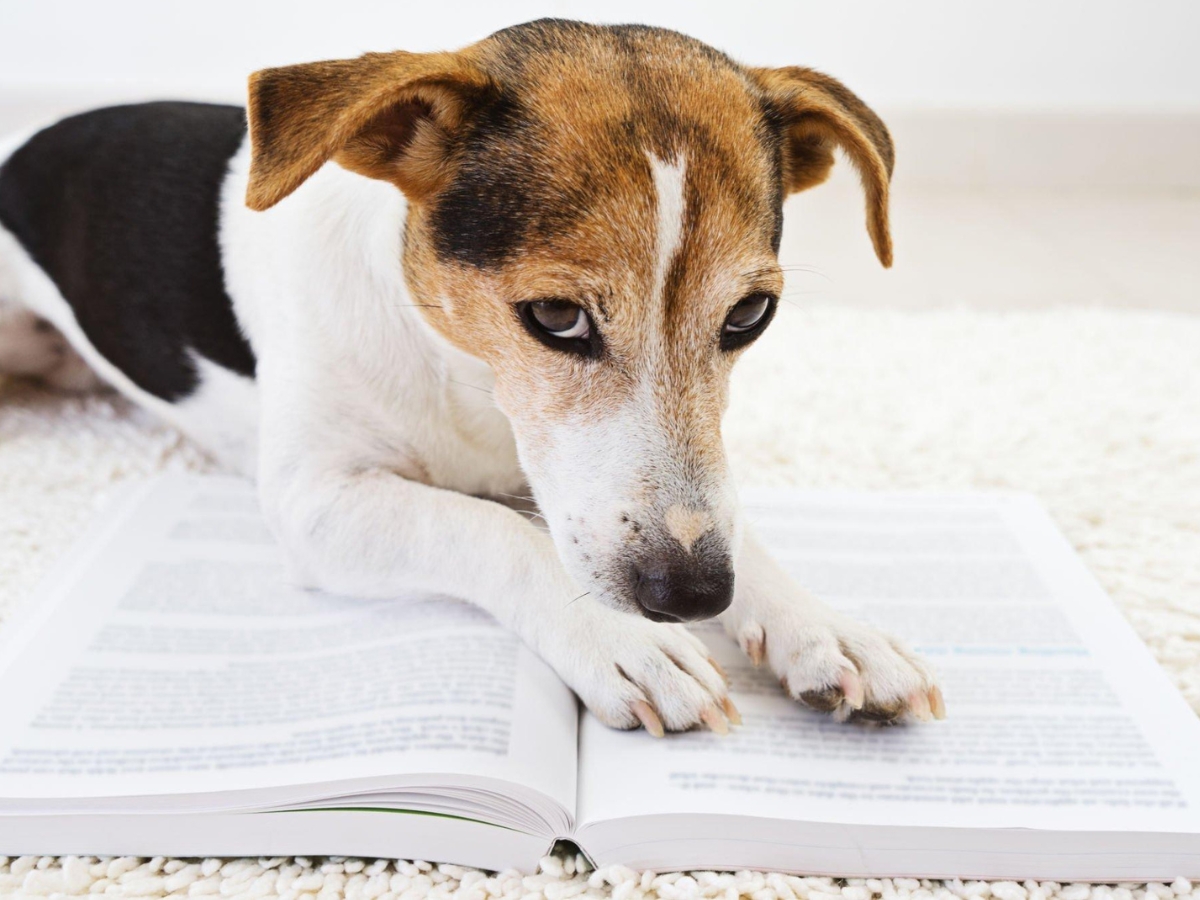Are you tired of trying to train your pet using outdated methods that only seem to make them upset? Look no further than positive reinforcement training! This method focuses on rewarding good rather than punishing bad behavior, creating a much happier and healthier environment for you and your furry friend. This definitive guide will walk you through everything you need about practical pet training with positive reinforcement strategies. From preparing for training to common mistakes to avoid, we have all the tips and tricks you need for success. So let’s get started!
What is Positive Reinforcement Pet Training, and How Does it Work?
Positive reinforcement pet training is a method that focuses on rewarding good behavior in pets rather than punishing bad behavior. This technique involves giving your pet treats, toys, or attention when they exhibit behaviors you want to encourage, such as sitting or staying.
The idea behind positive reinforcement is that animals are likely to repeat behaviors that result in rewards. Using this approach, you can train your pet without resorting to aggressive tactics like yelling or physical punishment.
Positive reinforcement establishes clear communication with your pet and builds trust between you. When your pet does something right, reward them immediately so they know exactly what behavior led to the reward. Over time, this will help them associate good behavior with positive outcomes.
It’s important to note that positive reinforcement isn’t just about treats and toys – praise and affection are equally effective rewards for many pets. It’s about finding what motivates your animal and tailoring the rewards accordingly.
Positive reinforcement is a humane and effective way to train pets. With consistency, patience, and clear communication, anyone can use this method successfully with furry friends!

How to Prepare for Pet Training & Establish a Positive Environment
Before you start pet training, you must prepare yourself and your environment for success. Here are some tips on establishing a positive environment that will help facilitate practical pet training.
Firstly, ensure you have all the necessary equipment, including toys, treats, and any specific tools or aids needed for your chosen type of training. Having these readily available makes the process smoother and less stressful for you and your furry friend.
Next, ensure that there are no distractions in the area where you’ll be conducting training sessions. Turn off televisions or radios playing music, as these can interfere with communication between you and your pet.
Another critical factor is timing – schedule your training sessions regularly when you and your pet are most alert and focused. Avoid scheduling during mealtimes or after exercise when pets might be too tired to participate fully.
Always remain patient throughout the process – never force progress upon your pets but instead give them time to learn at their own pace while encouraging praise.
By following these steps, establishing a positive atmosphere becomes effortless, which ensures consistent actions from both parties involved in the learning process leading to practical results.
Tips and Tricks to Train Your Pet Effectively with Positive Reinforcement
Positive reinforcement training is a great way to teach your pet new behaviors and tricks, but it can only be challenging with helpful tips and tricks. Here are some effective methods to train your pet using positive reinforcement:
Firstly, always communicate clearly with your pet while offering rewards for good behavior. Use short, simple commands that are easy for them to understand, such as “sit,” “stay,” or “come.” Consistency is vital when it comes to communicating with your pets.
Secondly, reward-based training techniques work best when you have patience with your furry friend. Positive reinforcement takes time and dedication before seeing results, so don’t get discouraged if progress seems slow at first.
Thirdly, timing is everything in positive reinforcement training. Rewarding immediately after the desired behavior occurs will help reinforce it faster in their minds rather than waiting until later on.
Fourthly, understanding your pet’s behavior and preferences can make all the difference. Knowing what motivates them (treats vs. toys) will allow you to adjust accordingly during training sessions.
Building trust with your pet through consistent praise and affection goes a long way toward creating a positive environment for learning new behaviors. By remaining patient when mistakes occur and praising correct actions frequently- you’ll help build trust between yourself and your furry companion, which makes learning easier!
Common Mistakes to Avoid When Training Your Pet Using Positive Reinforcement
While positive reinforcement is an effective training strategy, there are some common mistakes that pet owners should avoid to ensure successful outcomes.
One mistake is inconsistency in training. It’s important to establish a straightforward routine and stick with it, as pets thrive on predictability and structure.
Another mistake is expecting too much too soon. Training takes time and patience, so keep going even if your pet doesn’t pick up a new behavior immediately.
Punishment or negative reinforcement can also hinder progress when implementing positive reinforcement strategies. This can confuse the pet and result in them becoming fearful or anxious.
It’s also crucial to understand your pet’s behavior patterns and motivations. Certain rewards may not motivate some pets, while others may become overexcited by specific stimuli.
Refrain from rewarding good behavior consistently to avoid confusion for the pet about what behaviors are desirable versus undesirable. Consistency with rewards reinforces good habits and helps shape desired behaviors over time.
By avoiding these common mistakes when utilizing positive reinforcement strategies, you’ll set yourself up for success in effectively training your beloved furry friend.
What Are the Benefits of Positive Reinforcement Pet Training?
Positive reinforcement training is a highly effective and humane method of pet training that relies on rewarding desired behaviors to encourage their repetition. This approach uses positive reinforcement such as treats, praise, or playtime instead of punishment to train pets.
One significant benefit of this type of training is that it promotes good behavior in pets by encouraging them to repeat desirable actions. For example, if you reward your dog for sitting when commanded, they are more likely to sit in the future.
Another advantage is that it strengthens the bond between you and your pet by building trust and mutual respect. Positive reinforcement helps establish clear communication between you and your furry friend so they can better understand what’s expected from them.
Moreover, unlike other forms of training, which often involve physical reprimands like hitting or jerking a leash, positive reinforcement techniques do not instill fear or aggression in pets. As a result, dogs trained using these methods tend to be happier and well-adjusted.
Positive reinforcement is an enjoyable experience for both pet owners and their furry friends alike! It fosters greater harmony within households while also resulting in obedient animals who are no longer difficult but become loving companions with whom one can have fun adventures together.
Positive reinforcement pet training is a humane and effective way to teach your furry friend good behavior. Understanding your pet’s behavior, building trust with them, and consistently using reward-based techniques can create a positive environment that encourages learning.
It’s important to remember that patience is vital in pet training. Every animal learns at their own pace, so it’s crucial not to rush or force anything on your pet. Instead, take things one step at a time and celebrate small victories.
By following these tips and tricks for positive reinforcement pet training, you’ll build a stronger bond with your furry friend while teaching them essential skills for living harmoniously in our human world. With consistent practice and clear communication between you and your beloved companion, there’s no limit to what you can achieve together!

